In the pharmaceutical industry, the robustness of the Technology Transfer (TT) process plays a pivotal role in ensuring regulatory compliance, product quality, and time-to-market efficiency. In accordance with ICH Q10 and WHO guidelines on technology transfer, companies are expected to implement structured, science- and risk-based approaches to manage the transfer of manufacturing processes and analytical methods.
In this context, we conducted a targeted project within a mid-sized Contract Development and Manufacturing Organization (CDMO) to assess and optimize their TT framework. The objective was to map the current process, identify inefficiencies, and create a strategic, resource-based roadmap to enhance TT performance.
Methodology Overview
The project was structured into five key phases, aligned with industry best practices and regulatory expectations:
- 1. Data Collection and Input Gathering:
- Review of internal TT procedures, templates, and SOPs
- Interviews with internal stakeholders across departments (technical, quality, project management)
- Interviews with external stakeholders (Clients)
- 2. Team Workshop, Synthesis and Visualization:
- On-the-floor Value Stream Mapping (VSM) of the current TT process to visualize bottlenecks and interdependencies
- Consolidation of all inputs into a single visual workflow
- F2F workshop with stakeholders to review findings and align perspectives
- 3. Opportunity Identification and Prioritization:
- Cross-analysis of findings to identify recurring inefficiencies
- Focused on issues highlighted by multiple sources (documentation, VSM, and interviews)
- 4. Feasibility and Impact Assessment:
- Prioritized opportunities based on ease of implementation vs. client expectations, efficiency, operational and quality impact
- Development of a roadmap to future state, including timelines and resource allocation
- 5. External Benchmarking:
- Comparison of internal TT maturity against industry standards and client expectations
- Integration of best practices to strengthen the strategic value of the roadmap
Technology Transfer is not just about moving documents and equipment—it’s about transferring knowledge in a controlled, reproducible way. A robust TT process must anticipate variability, align cross-functional teams early, and ensure traceability and compliance from day one
Results and Strategic Impact
This structured evaluation led to the identification of 15 critical improvement opportunities, several of which had a cross-functional nature affecting project planning, analytical readiness, and manufacturing coordination. The proposed changes ranged from procedural updates to improved communication flows, data handover practices, and earlier involvement of QA in TT milestones.
The final roadmap, supported by senior management, defined clear responsibilities and a phased implementation plan. As a result, the company expects to:
- Reduce TT-related project execution expected 10-15% (estimated comparing historical trends vs new approach std timing)
- Improve GMP documentation readiness for regulatory submissions
- Enhance client satisfaction through more transparent, predictable project timelines
- Strengthen alignment with ICH Q10 Pharmaceutical Quality System principles
- Reduce risks of changes and issues along the way due to stronger risk management
Regulatory Alignment and Compliance
The project explicitly referenced:
- ICH Q10: Emphasizing lifecycle management, process performance, and change control integration
- WHO Guidelines on Technology Transfer (Annex 7): Requiring documented, reproducible, and validated TT activities
- EU GMP Volume 4, Annex 15: Guidance on qualification, validation, and TT expectations for EU-authorized manufacturers
- ISPE Technology Transfer 2018: Best Practices in technology transfer
- PDA TR 65 edition 1 and 2: Industry Best practices and Standards in Risk Assessment in technology transfer
- FDA Contract Manufacturing Arrangements for Drugs: FDA’s current thinking on defining, establishing, and documenting manufacturing activities of the parties involved in contract drug manufacturing
Conclusion
Technology Transfer is not merely a technical task—it’s a strategic capability. By applying a lean, structured approach and engaging all relevant functions, this CDMO was able to transform its TT process from a reactive system into a proactive, value-adding function. The method is scalable, compliant, and ready to support rapid innovation and client expectations in a competitive pharmaceutical landscape.



